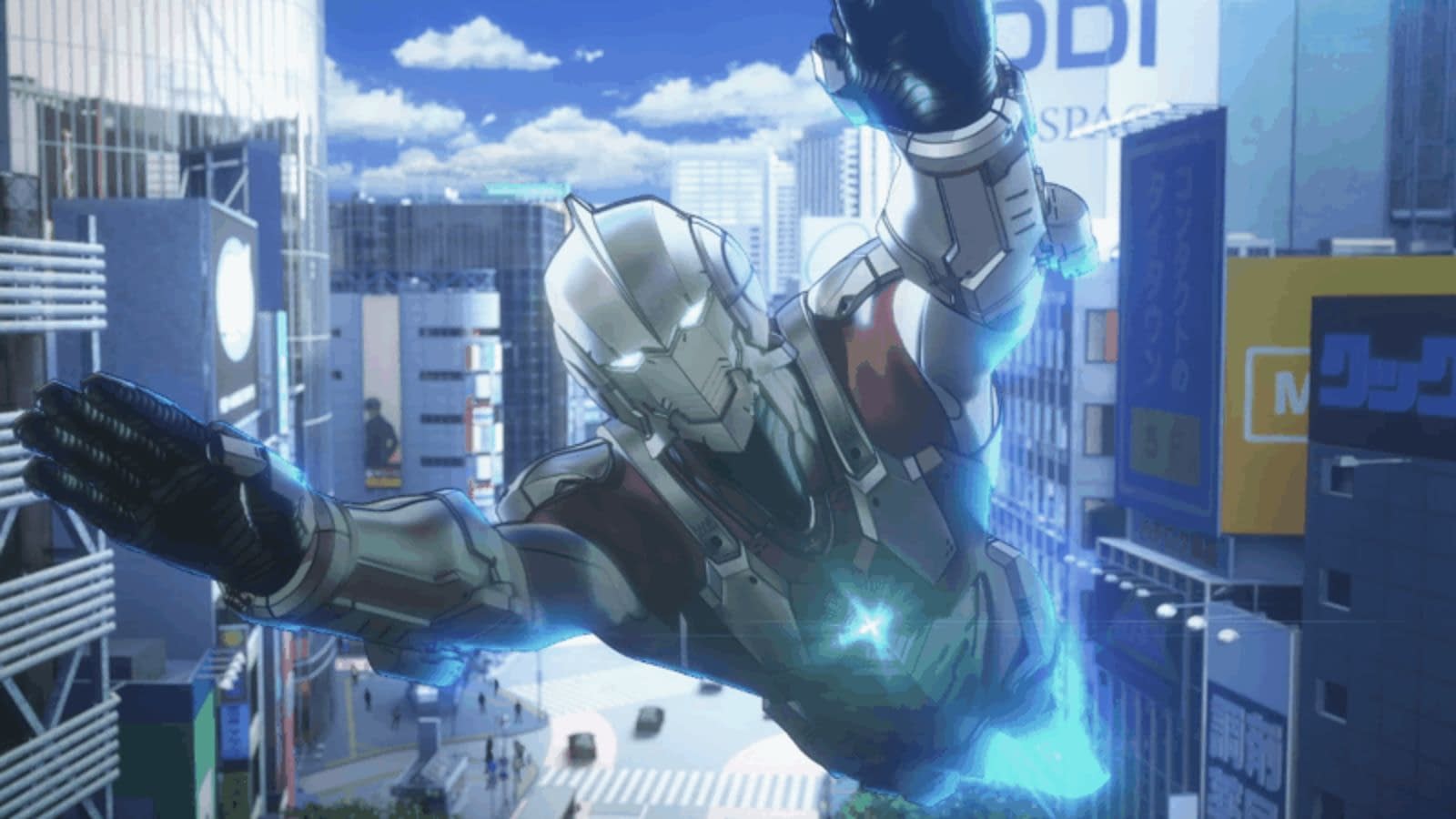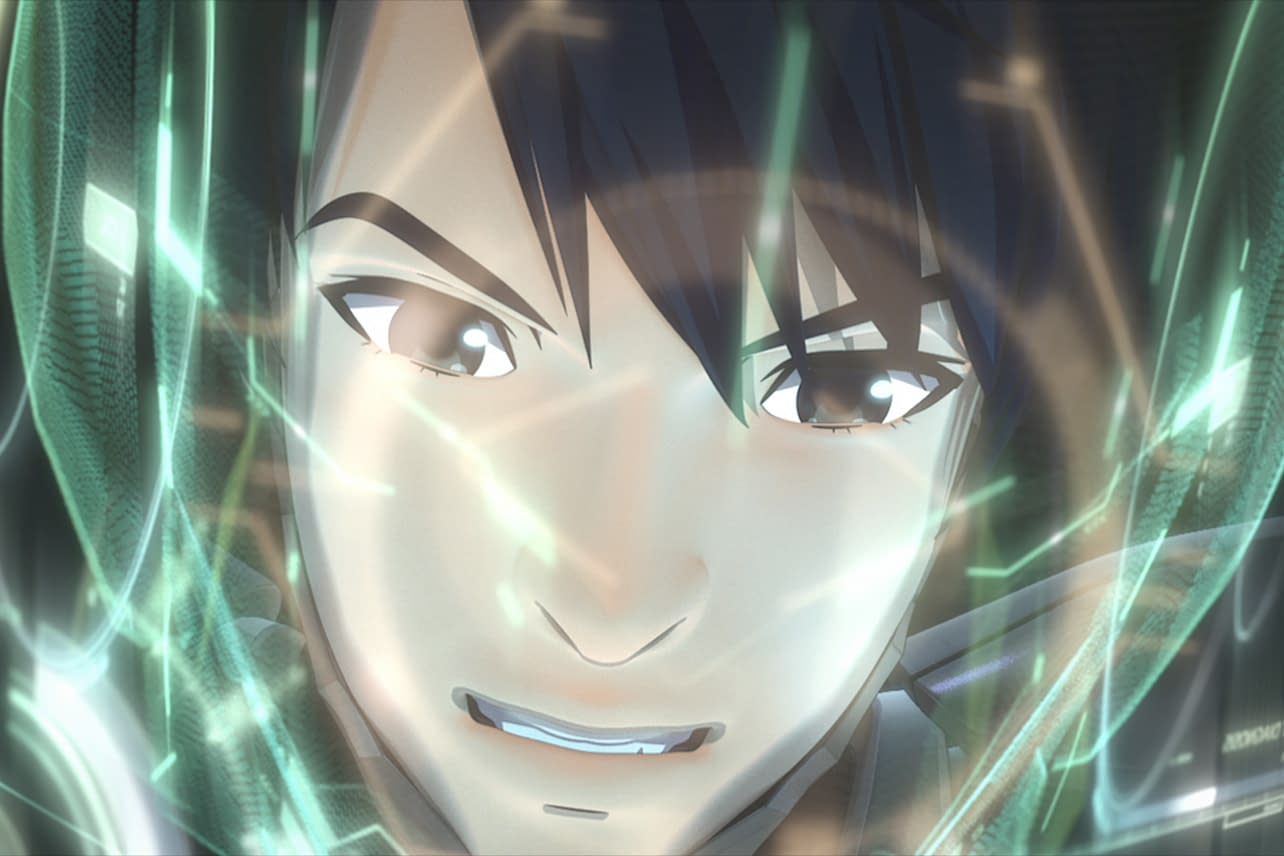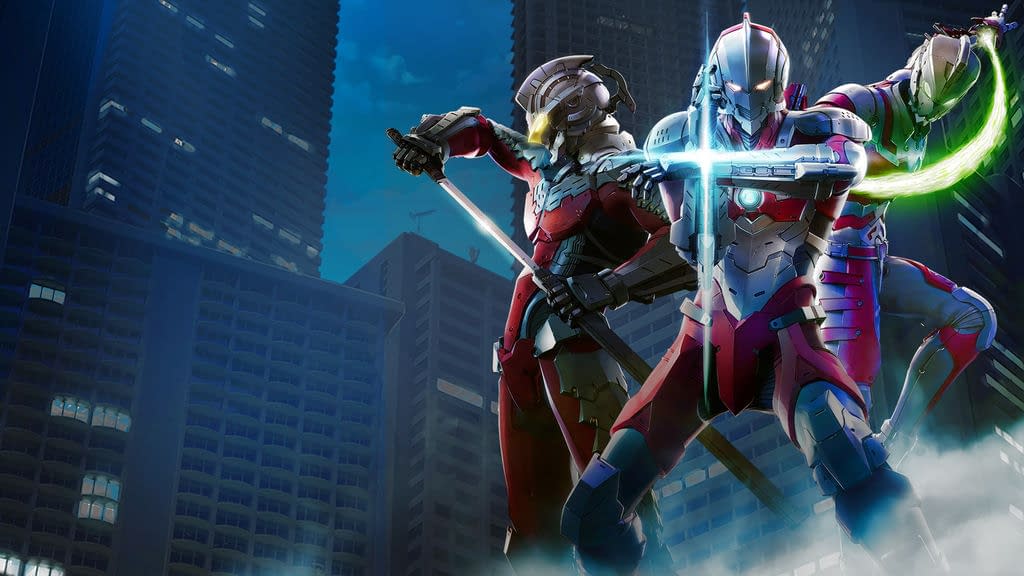Posted in: Netflix, Review, streaming, Trailer, TV | Tagged: action, anime, bleeding cool, cable, cgi, drama, manga, netflix, reboot, sequel, shin hayata, streaming, television, tv, ultra man, ultra seven, ultraman, ultraman ace, ultraman jack
'Ultraman': Netflix's Sequel/Reboot Anime Series Derivative But Fun [SPOILER REVIEW]
Netflix has released the full first season of the new Ultraman anime series, adapting the first eight volumes of the recent manga series published in English by Viz Media. It's not only a sequel to the original live action 1966 show, but also an Ultimate Marvel-style reboot of the entire franchise.
Ultraman is one of the biggest superhero franchises in Japan that gets a new version every year, with the other being Kamen Rider. There is not a single kid in Japan who doesn't know Ultraman or Kamen Rider – and that is by design: there's a new Ultraman and Kamen Rider show on TV in Japan virtually every year.
The Japanese are the biggest believers in the saying "If it ain't broke, don't fix it." Since 1966, every Ultraman show has had the same premise: kaiju attack Earth, an Ultraman merges with a human to fight them. Every episode, every series kept this format – wash, rinse, repeat. The only difference is the design of each new Ultraman, the fancy gadget his human host uses to transform, and the increasing sophistication of special effect technology, from in-camera FX to video FX to CGI.
Just look at the show in its traditional form:
That's a lot of Ultramen over the last 50-plus years.
The new CGI anime series, co-directed by Kenji Kamiyama and Shinji Aramaki, ignores the subsequent Ultraman series to reboot continuity from scratch. Shin Hayata, the man who merged with the first Ultraman back in 1966, has since retired from the Science Patrol and become a politician and single father. When he gets wind of a new alien threat to Earth, his memories return, and he realizes his son Shinjiro has inherited Ultraman's powers.
Netflix' CGI series changes up the story for political commentary and Marvel-style angst. There's a galactic federation that has been secretly negotiating with Earth – well, Japan, anyway – to protect Earth and prepare it for membership in the federation. This has led to alien refugees secretly living on Earth. The Science Patrol now has to police the alien refugee population and protect humanity from the ones that go rogue. What happened to the original giant Ultraman from 1966 after he left Earth is left a mystery. There's a conspiracy involving alien terrorist threats that's another 9-11 allegory. The new Ultramen are humans who have to wear Iron Man-style suits to have any power. Only Shinjiro Hayata has inherited powers from the original Ultraman that can be amplified by his suit.
The series features a lot of tropes (or clichés, if you want to be blunt) from manga and anime. Shinjiro is another angsty teenager struggling with how to be a hero, just like Spider-Man. His girlfriend is a pop idol for some social relevance involving celebrity and social media. There's the usual sexism in Japanese superhero stories where she's just there to be rescued and prop up the hero.

There's one anime trope that I find funny: the guy in a suit who wears glasses has to be a cynical, officious dick. The Asshole Glasses Guy here is an Ultimate-style reboot of Dan Maboroshi, the hero of the second live action Ultraman TV series in the 1960s, Ultra Seven. There's also an Ultimates version of Ultraman Jack (who also had his own live action show in the 70s), here a Chaotic Neutral informer with his own agenda. There's a cocky mysterious teenager who's a rogue Ultraman that's an Ultimates version of Ultraman Ace, another character who had his own live action show in the 1970s.
The Japanese must really, really like the Iron Man movies. They changed how Ultraman works by having him wear an Iron Man-style armour to have powers. The Ultramen and aliens in this show don't become giant-sized. Many of the aliens are species from the original show, back as Easter eggs and reboot callbacks. The series takes a lot of angsty superhero tropes from Marvel comics. There's a dubious right-wing message that the teen hero should stop being so wishy-washy and just straight-up murder the bad guys. There's a muddled theme about good and bad aliens and refugees.
It's still fun to watch, though. This is a tokusatsu superhero show through-and-through. The CGI lets the directors create wildly choreographed action set pieces in unbroken single-takes. The makers take glee in reconfiguring Ultraman continuity to subvert fan expectation while also making it safe for newcomers.
So if you like tokusatsu and kaiju, this is the show for you. As part of the Netflix mission to offer all genres to all people, Ultraman is another brick in that wall.
Ultraman is now streaming on Netflix.
















